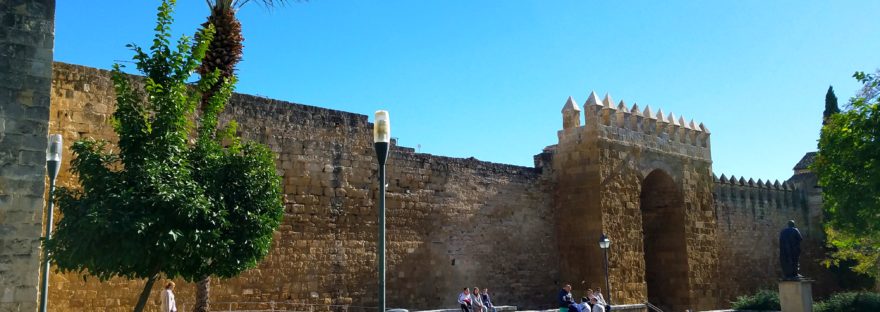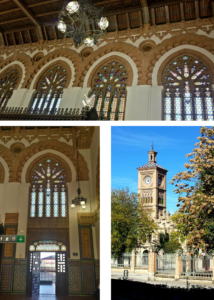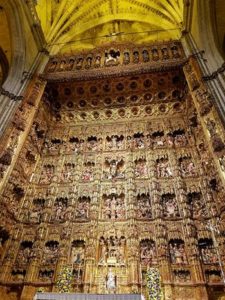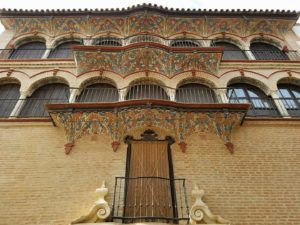We finally got to see what had us very curious, the famous Arab baths and a little of their history. Since the late XIX century, the Nogal Baths are known simply as the “Bañuelo”, a diminutive used since it is smaller in size than other royal baths in the Alhambra.
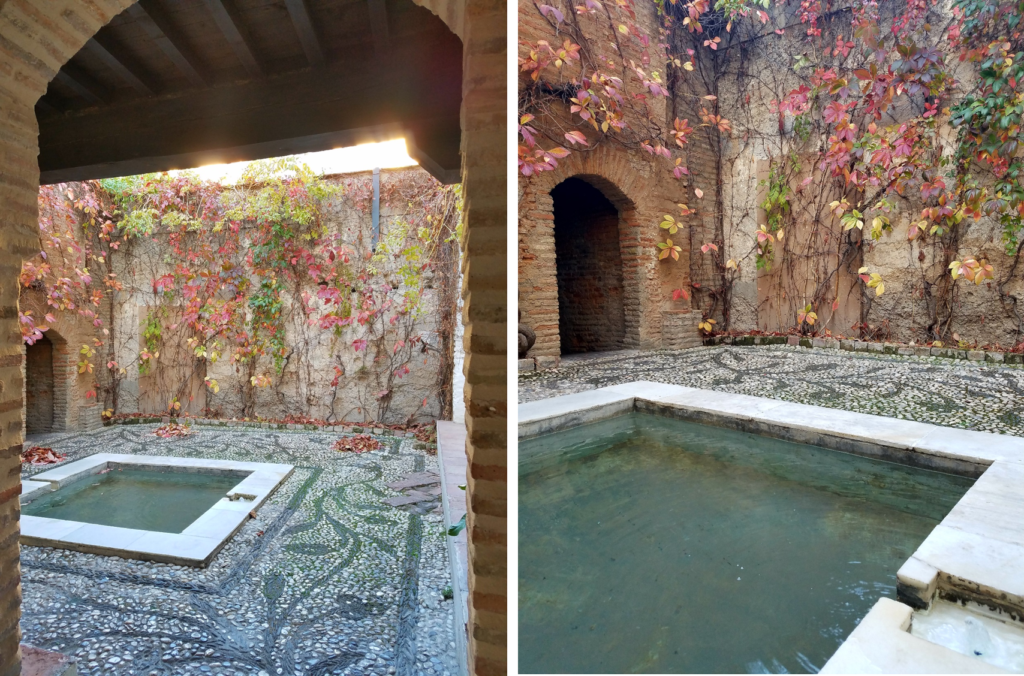
The “Bañuelo” of Granada is one of the oldest, most important and most completely conserved in Spain. It is also considered as one of the oldest Moorish works in Granada. It is rectangular in shape with concrete walls with the different halls being covered by brick vaults with skylights in octagonal and star shape, thus providing lighting. We confirmed that these were in fact skylights.
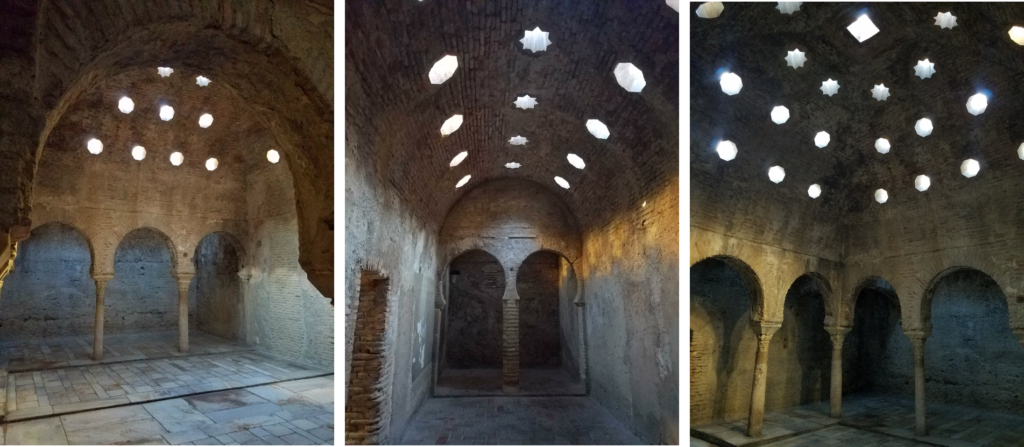
During the reign of the Catholic Kings, the Arab or Moorish baths were considered to be brothels, therefore it is amazing that this “Bañuelo” was conserved so well.

Scholars and experts have been unable to agree on when this “Bañuelo” was actually built. Yet, everything seems to point towards the end of the Zirid Dyanasty, somewhere between the XI and XII centuries. 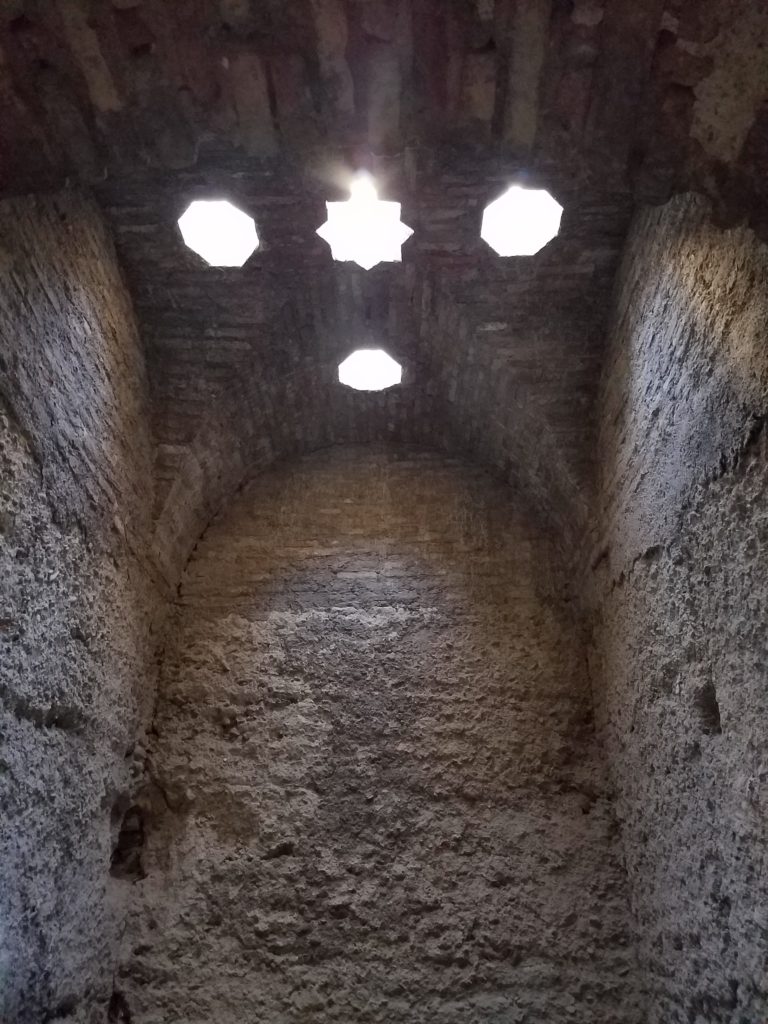 It has a privileged location on a important street in a highly populated area and near the Bab al-Bunud gateway, known as the Gate of Banners.
It has a privileged location on a important street in a highly populated area and near the Bab al-Bunud gateway, known as the Gate of Banners.
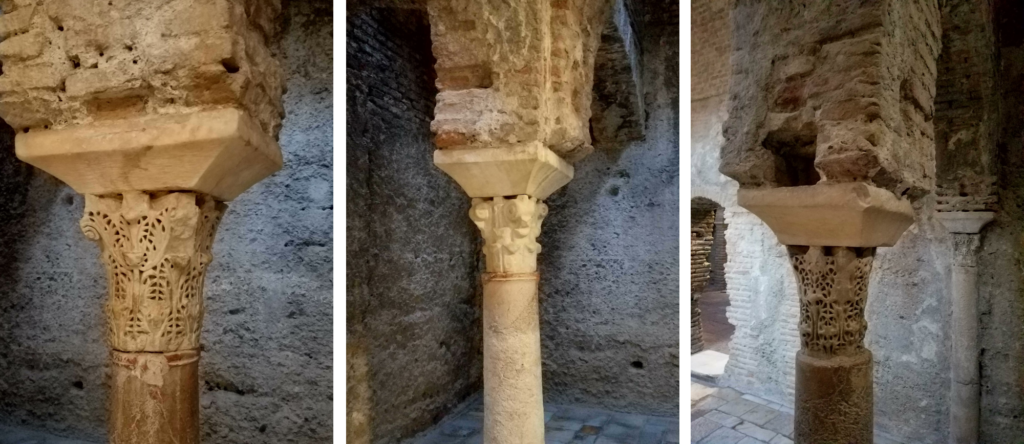
The “Bañuelo” of Granada was declared a National Monument in 1918 and the architect Torres Balbás was in charge of its restoration.
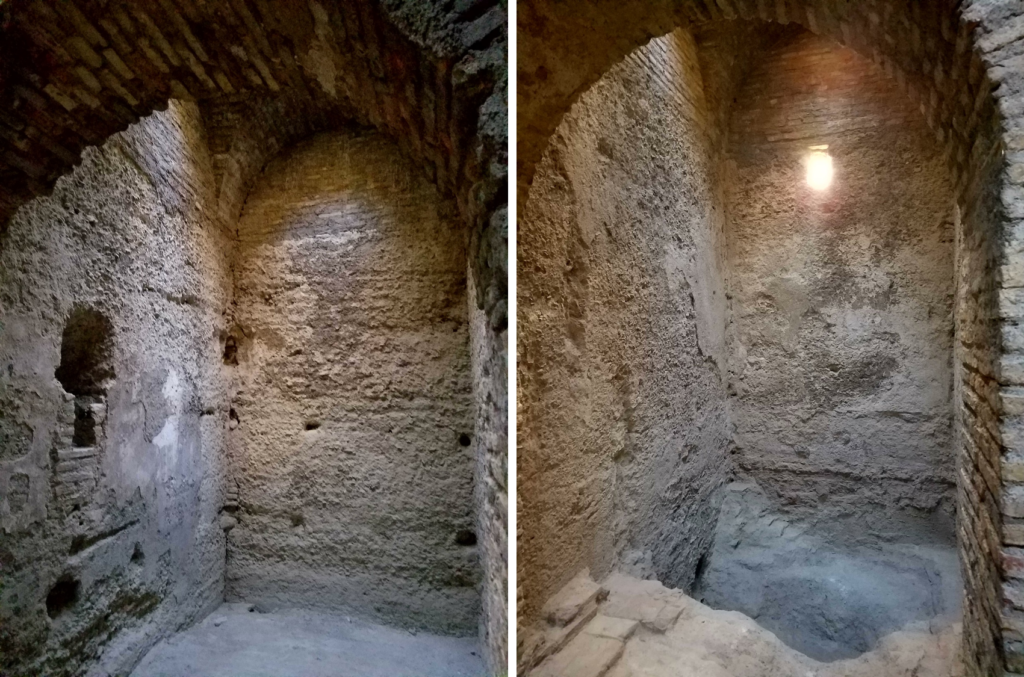
When in Granada, visiting the “Bañuelo” should be on your bucketlist. A great experience.

The “Bañuelo” is open Tuesday through Saturday from 10:00am to 2:00pm. It is closed on Mondays, Sundays and holidays.
Address: Carrera del Darro 31, Granada
Telephone: 958 229 738
Entry price: €2,00
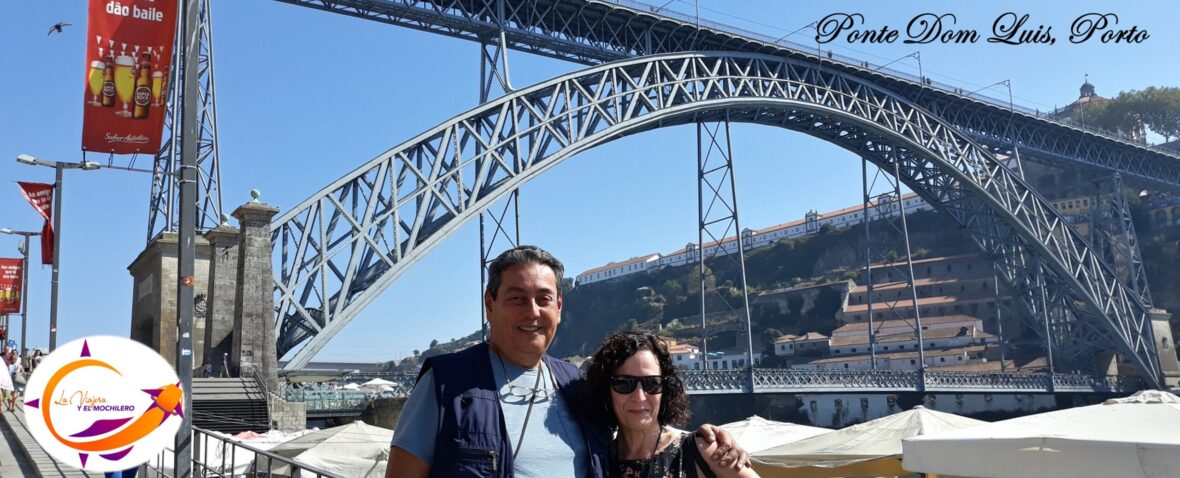
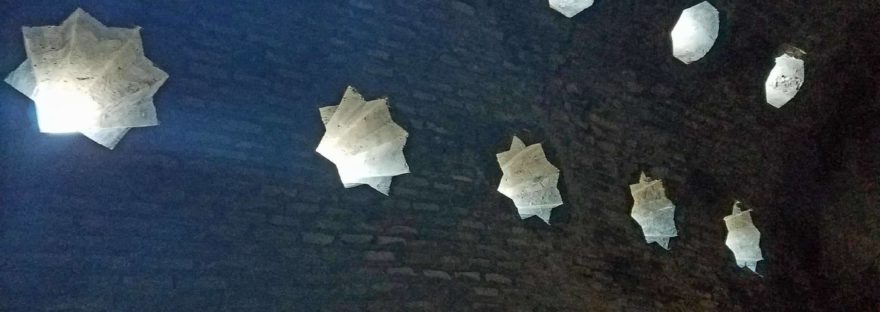
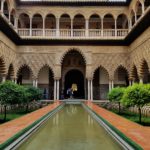 It is hard to believe that what we now-a-day know as the “Patio de las Doncellas” in the “Real Alcázar ” of Seville was in part, once buried beneath a marble pavement. The structure’s bedding and a pond were uncovered as an archaeological finding in 2002. As a result of this, the structure of this old Moorish garden was revealed, making it a very relevant event for the archaeological history of medieval Spain.
It is hard to believe that what we now-a-day know as the “Patio de las Doncellas” in the “Real Alcázar ” of Seville was in part, once buried beneath a marble pavement. The structure’s bedding and a pond were uncovered as an archaeological finding in 2002. As a result of this, the structure of this old Moorish garden was revealed, making it a very relevant event for the archaeological history of medieval Spain. 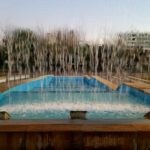 As we strolled back to the Bus terminal in Cordoba along side the ” Avenida de la Libertad”, we cam across a series of fabulous and modern fountains. It sure must be refreshing during the summer.
As we strolled back to the Bus terminal in Cordoba along side the ” Avenida de la Libertad”, we cam across a series of fabulous and modern fountains. It sure must be refreshing during the summer. 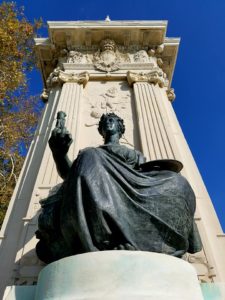 Shown is one of the statues we find at the Alfonso XII Monument in the “Buen Retiro” Park in Madrid. Created by the sculptor, Joaquín Bilbao, the Statue of the Arts is represented the figure of a woman seated over the chapiter, holding in her right hand a small statue of Victoria de Samotracia and in her left hand a painter’s palette. These elements symbolize Architecture, Sculpture and Painting.
Shown is one of the statues we find at the Alfonso XII Monument in the “Buen Retiro” Park in Madrid. Created by the sculptor, Joaquín Bilbao, the Statue of the Arts is represented the figure of a woman seated over the chapiter, holding in her right hand a small statue of Victoria de Samotracia and in her left hand a painter’s palette. These elements symbolize Architecture, Sculpture and Painting. 
